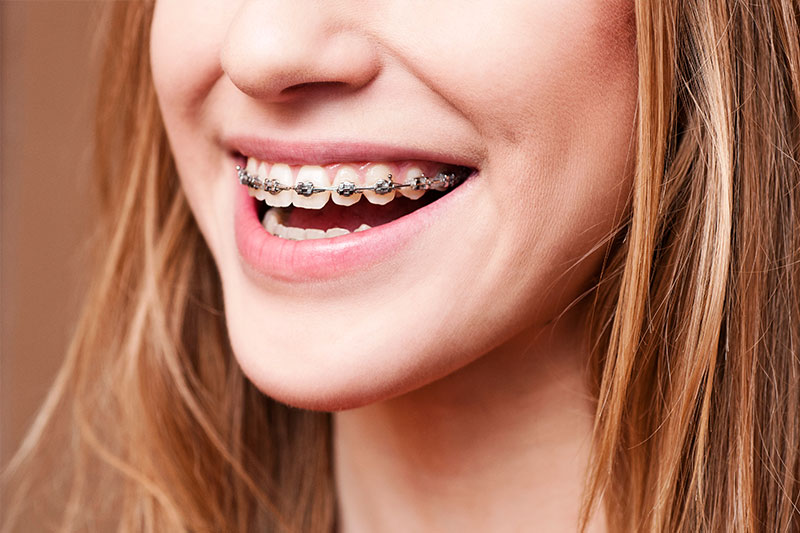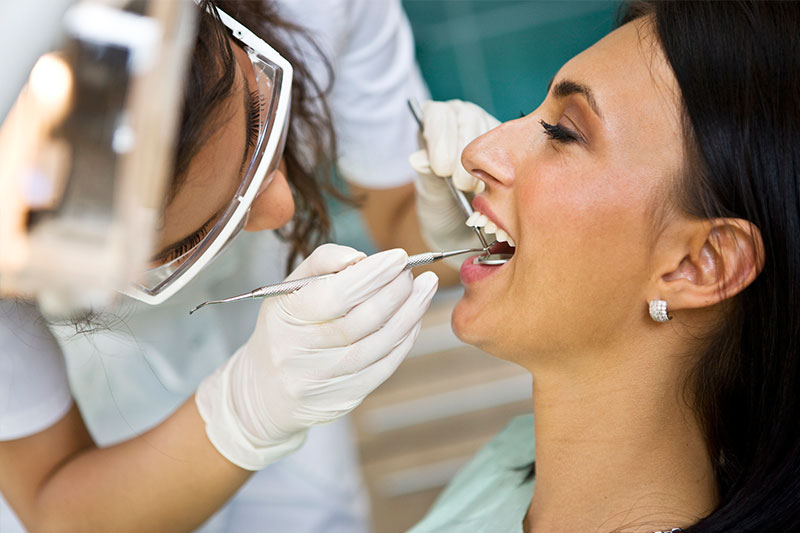Treatments & Services
Cypress Plaza Dental Group is here for all your dental needs. From preventive care check-ups to cosmetic and restorative procedures, our staff can provide your whole family's complete dental care. When you choose Cypress Plaza Dental Group, you are covered from your first exam to the last and you can finally achieve that perfect smile.
We offer a wide variety of dental treatments & services, including:


$39 Limited Exam
Comes with 1 to 2 X-Rays
Schedule an Appointment
$199 Full Exam
Comes with X-Rays and Cleaning in the Absence of Periodontal Disease
Schedule an Appointment